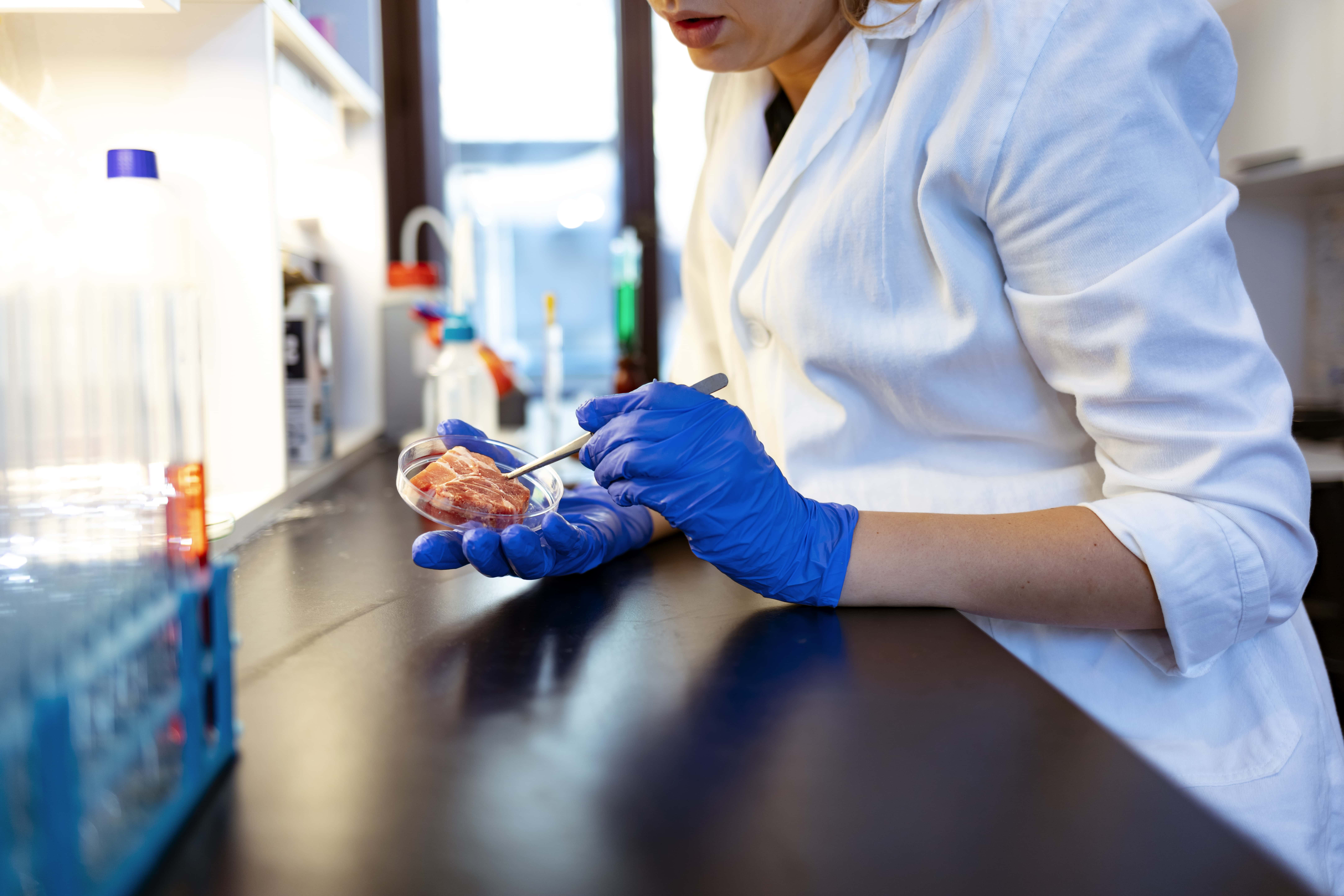ACD Pharma’s work with bacteriophages
The company was the first in the world to introduce a bacteriophage product for use in aquaculture. CUSTUS®yrs was launched in 2018 to be applied in Norwegian fish farms.

The bacteriophage project at ACD Pharma began in 2010 with the goal of developing bacteriophage-based solutions for bacterial challenges in the fish farming sector.
That work resulted in a technology platform which can be used to develop bacteriophage products against harmful bacteria in both animals and people.
Although antibiotic consumption by Norway’s fish farms is very low, this industry represents a big challenge internationally – particularly in farming prawns and the freshwater fish tilapia. In cooperation with the University of Bergen and other partners internationally, ACD Pharma is developing bacteriophage solutions for both these areas.
Since 2019, ACD Pharma, the UiT, the UNN, Stavanger University Hospital, the Norwegian Veterinary Institute, the Karolinska Institute and a number of other international medical teams have been working together on the Kleb-Gap research project.
This aims to utilise bacteriophages against Klebsiella pneumoniae, a bacterium which can cause pneumonia and hospital infections. Finding new defences against it has been identified as critical by the World Health Organisation (WHO).
Promising work is also under way to find bacteriophage products against methicillin-resistant Staphylococcus aureus (MRSA). This bacterium is commonly found among both people and animals, and can cross-infest between them.
Some variants have developed resistance to several types of antibiotics. MRSA poses a serious threat to hospital patients and, if its presence increases, treatment of staphylococcus infections could become less effective and considerably more expensive.
Infection by intestinal bacteria with the ESBL resistance mechanism has shown a dramatic rise internationally and is also increasing in Norway. Blood poisoning from MRSA and ESBL-carrying bacteria doubles the risk of death compared with comparable infections by antibiotic-sensitive bacteria.
The WHO published a list in 2017 of the 12 bacterial families regarded as the biggest threat to public health globally because of their antibiotic resistance, and where alternative solutions urgently need to be found.
Findings have been published on bacteriophages with the potential for medical use against 10 of these 12. Developing bacteriophage-based solutions which could help to replace or reduce antibiotic consumption represents a big potential in the fight against antibiotic resistance.
Bacteriophages – a unique opportunity in the fight against antibiotic resistance
The report is a response to the challenge from Norwegian prime minister Erna Solberg. Many opportunities are available. Success can be achieved with commitment and right instruments.


Antibiotic resistance threatens the environment, animals, food production and public health
The threat posed by antibiotic resistance cannot be eliminated, but steps can be taken to reduce its progress.
Public health and modern medicine
Decades of medical research and progress could be reversed by antibiotic resistance.
Environmental consequences
The ecosystem in water, soil and organisms is disrupted by the production and use of pharmaceuticals and their subsequent disposal.
Antibiotics consumption in Norway
Norway is among the countries with the lowest consumption of antibiotics for both humans and animals, and has little problem with antibiotic resistance today.